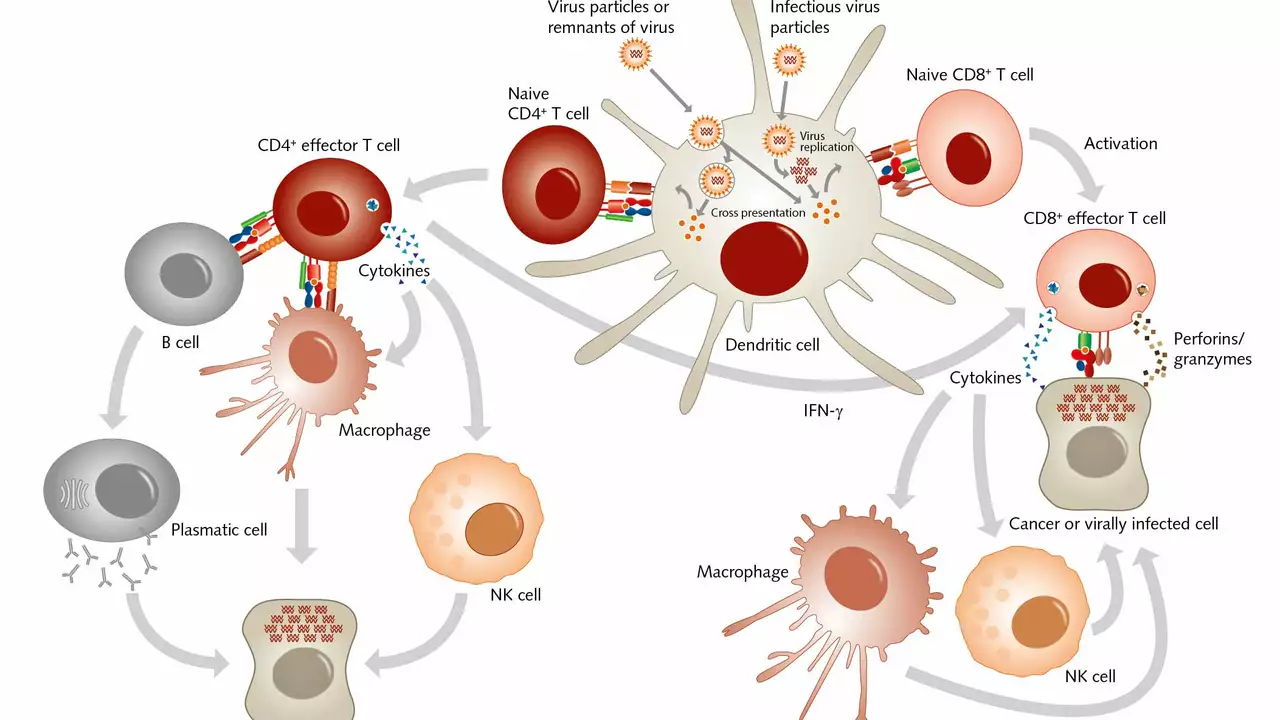Education Cuts Worm Infections — August 2023
August 2023 on GrantPharmacy.com focused on one clear idea: teaching people stops worm infections. Why? Because worms spread through simple things—dirty hands, barefoot kids, unsafe water. Education gives people the know-how to break those chains. This archive highlights practical steps schools, parents, and local groups can use right now.
Practical steps schools can take
Start small and visible. Teach kids to wash hands with soap for 20 seconds before meals and after toilet use. Put handwashing charts near sinks and have teachers model the routine. Encourage wearing shoes during playtime to avoid soil-transmitted helminths. Add short, regular lessons about how worms spread and why treatment matters—keep lessons active with role-play or simple posters.
Combine lessons with action. Coordinate periodic deworming days with local health clinics so kids get proper medication on schedule. Make sure teachers and parents get clear information about dosages and possible side effects. Pair deworming with a water-and-sanitation check: fix leaking taps, keep latrines clean, and provide basic soap supplies. These things lower reinfection rates faster than giving pills alone.
How communities can track progress
Measure what matters. Schools and local health workers can use simple checklists: number of kids washing hands, percentage using latrines, and how many received deworming treatment. For more accuracy, community clinics can do periodic stool tests or use rapid surveys to estimate infection rates. Share results in community meetings so people see the impact—when infection drops, motivation to keep practices increases.
Make messages practical and local. Use real examples: show how shoes prevented one child from getting sick, or how a handwashing station cut cases at a school. Train local leaders—teachers, religious leaders, and community health volunteers—to repeat these stories and keep momentum. Short, repeated messages work better than long lectures.
Support from outside helps. Partner with local clinics, NGOs, and municipal water departments for supplies and technical help. Apply for small grants or ask local businesses to fund soap and footwear drives. Keep records of what works so you can ask for more support based on results, not promises.
For parents: make handwashing a home habit. Keep nails short, cook food thoroughly, and encourage kids to wear shoes outside. If your child is treated for worms, follow up with the school and clinic to prevent reinfection. For teachers: mix demonstrations, reminders, and short quizzes to keep hygiene behaviors strong.
The August posts showed a clear takeaway: education is a low-cost, high-impact tool. When schools teach, families act, and communities monitor progress, worm infections drop. Use the simple steps above, start this week, and keep checking results so good habits stick.

The role of education in reducing the prevalence of worm infections
- by Colin Edward Egan
- on 1 Aug 2023
Hey there, fellow knowledge seekers! Let's dive into the exciting world of education and...worm infections! Sounds like a party, right? Well, it might not be the typical party topic, but education plays a star role in reducing these unpleasant little parasites. Knowledge really is power, folks! By educating ourselves and others about preventive measures, proper sanitation, and good hygiene, we can kick these worms to the curb. Who knew that hitting the books could also mean hitting back at worm infections? So, let's keep learning and keep those pesky parasites away!
